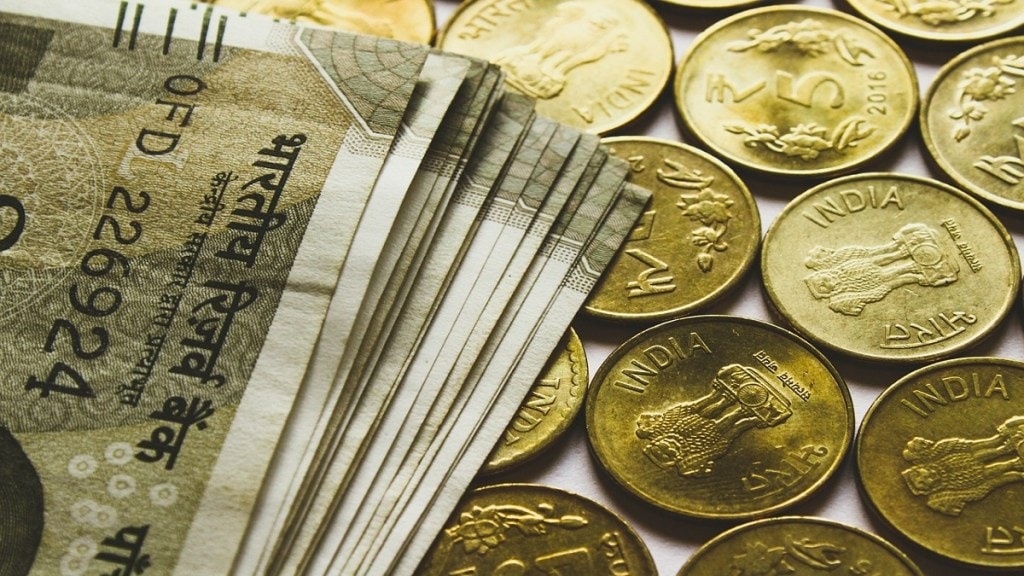While India’s economic growth quickened to 6.2 per cent YoY in Q3FY25 from the trough of 5.6 per cent in Q2FY25, Morgan Stanley said that the improved growth momentum is expected to continue with growth track at around 6.7 per cent in QE March. The Q3 growth was aided by rural consumption following a good monsoon and higher government spending. The government upwardly revised its growth forecast for FY25, per which, the Indian economy is now projected to grow 6.5 per cent in the fiscal year ending on March 31.
Upasana Chachra, Chief India Economist, Morgan Stanley, said, “This was a tad above our (6 per cent), but in line with consensus (6.2 per cent) expectations. The internals suggest that the uptick in GDP was led primarily by strength in both private consumption (supported by a buoyant rural economy) and government consumption (pickup in government spending).”
While private consumption grew 6.9 per cent YoY, government consumption rose to a five quarter high of 8.3 per cent YoY. Gross capital formation, on the other hand, remained largely steady at previous-quarter levels at 5.7 per cent YoY. Further, net exports too contributed positively to GDP as growth in exports outpaced growth in imports. For 2025, the second advance estimates pegs growth a tad higher at 6.5 per cent YoY vs 6.4 per cent as per first advance estimates and MSe at 6.3 per cent.
Supply side growth
Gross Value Added or GVA advanced to 6.2 per cent in Q3FY25 from 5.8 per cent in the previous quarter, in line with expectations, led by broad-based growth across sectors. The agriculture sector grew 5.6 per cent YoY in Q3FY25, highest since Sep-23, against the backdrop of a strong monsoon that supported the summer and winter crops. Within industry, manufacturing activity and electricity, gas & consumption grew while construction activity moderated from last quarter. Across services, the growth was led by an improving momentum in trade, hotel, transport and communication services, supported by the holiday season; while others remained steady at previous quarter levels. Core GVA edged up to 5.8 per cent YoY in Q3FY25 from 5.6 per cent in Q2FY25.
On an annual basis, GVA growth for FY25 was revised up to 8.6 per cent (from 7.2 per cent) and GDP growth was revised to 9.2 per cent (from 8 per cent).
Growth recovery to continue
“The GDP print for QE Dec-24 reaffirms our view that growth is in recovery mode, after having bottomed out in QE Sep-24. The high frequency data for January/February suggests a mixed trend with gradual signs of recovery. The confluence of a favourable fiscal policy that supports both capex and consumption, easing monetary policy across all its levers – i.e., rates, liquidity and regulations and robust services exports – that augur well for the job market outlook are likely to aid the growth momentum,” Morgan Stanley said. The brokerage firm forecasted FY26 growth to be at around 6.3 per cent.
What to watch out for?
In terms of key monitorables going forward, Morgan Stanley said that economists and experts will watch trends in 1) government spending across revenue and capital expenditure; 2) domestic liquidity and financial conditions; and 3) external environment in the context of trade and tariff developments and Fed’s policy.
While the government expenditure was muted during the first two quarters of the fiscal year due to general elections, it surged to Rs 2.7 lakh crore, posting about a 30 per cent increase in comparison to the average of the first two quarters. The Economic Survey document stated that the capital expenditure of the government for FY25 has been budgeted at about 3.3 times of the capex of FY20. “In Q1FY25, the constraints on new approvals and spending during the general elections, coupled with heavy monsoon in many regions, affected the progress of the infrastructure spending. Between July and November 2024, the pace of capex has picked up,” it added.
The Reserve Bank of India (RBI) has, recently announced OMO purchase calendar (alongside doing OMO buys on screen), a long-dated VRR and a USDINR buy/sell swap to address domestic liquidity conditions and smooth INR volatility. In its December 2024 MPC meeting, the central bank had also announced a 50 basis point (bps) cut in the cash reserve ratio (CRR) to 4 per cent, aimed at injecting Rs 1.16 lakh crore into the banking system in two tranches.
Further, commending RBI spending dollars heavily in the forex market to defend Indian rupee from falling sharply in the last few months, Chief Economic Adviser V Anantha Nageswaran had said that these actions to defend rupee and injecting durable liquidity to the banking system are steps in the right direction. The intervention by the central bank in the forex market increased after the Indian rupee started falling sharply due to factors like sluggish growth, widening trade deficit, rising crude oil prices, and surge in the dollar index.
Lastly, India is facing heightened uncertainty globally as the Donald Trump-led US administration is planning to transition to reciprocal tariffs and away from standardised practices. India and many other economies are reeling under the threat of US reciprocal tariffs that will be levied not just based on tariffs imposed by partner countries, but also the VAT, exchange rate deviation from market value and non-tariff barriers.
Earlier, Goldman Sachs had stated that the potential impact of the US tariffs on India’s GDP will vary between 0.1 to 0.6 percentage points.

